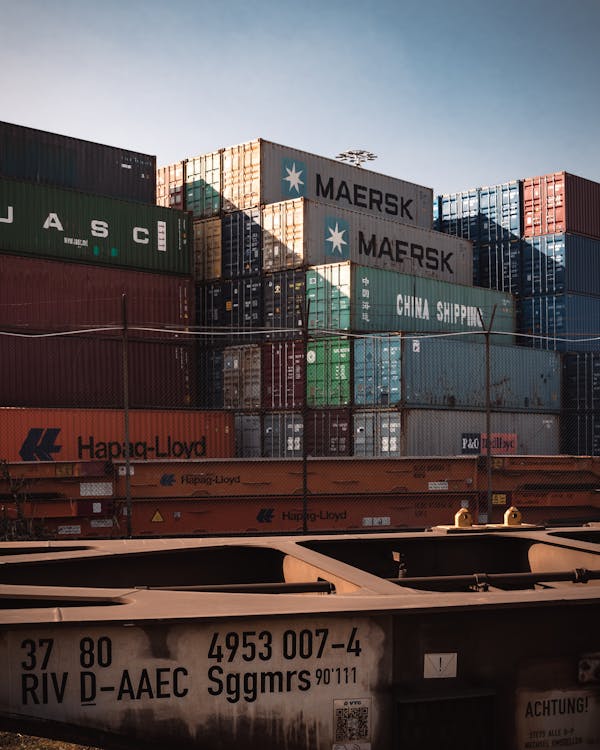Shipping 20FT/40FT FCL and LCL from Guangzhou/Shenzhen to Wexford Port, Ireland: A Complete Guide
1. Full Container Load (FCL) Shipping
If you are shipping a large quantity of peeling knives, opting for a Full Container Load (FCL) might be the best choice. FCL shipping means that your goods fill an entire container, either a 20-foot (20FT) or 40-foot (40FT) container. This method is typically used for larger volumes of cargo, and it offers several benefits, including better control over cargo handling, potentially lower shipping costs for larger shipments, and reduced risk of damage.
For FCL, the shipment will be arranged on a CIF (Cost, Insurance, and Freight) basis, meaning that the shipping company will cover the cost of freight, insurance, and the delivery to the port of destination, Wexford Port in Ireland. Once the container arrives, you’ll need to arrange for customs clearance and inland transportation to the final destination.
The sea journey typically takes around 40 days depending on the specific routing, which may involve transshipment through larger hubs like Rotterdam or Hamburg.
2. Less than Container Load (LCL) Shipping
For smaller shipments, where you don’t need an entire container, Less than Container Load (LCL) is the more cost-effective option. LCL shipping allows you to share container space with other shippers. The goods are loaded into a shared container, and the cost is split according to the space occupied.
Similar to FCL, LCL shipments can be arranged on a CIF basis, where the shipping company takes care of the cost, insurance, and freight up to Wexford Port. The sea transit time is typically 40 days as well, but delays could be slightly longer due to the consolidation process at the loading port.
While LCL shipping is ideal for smaller quantities, it does carry the risk of longer transit times due to the additional handling involved in consolidating goods from multiple shippers.

3. Packaging for Peeling Knives
Proper packaging is critical to ensure that your peeling knives arrive at their destination in perfect condition, particularly when shipped by sea, where they may face rough handling and exposure to the elements.
Here’s how to properly package your peeling knives:
Outer Packaging: Use sturdy cardboard boxes for grouping the knives together. Each box should be clearly labeled with the consignee’s details, shipping marks, and handling instructions such as “Fragile” or “Keep Dry.”
Individual Packaging: Each knife should be individually wrapped in bubble wrap or foam to prevent direct contact with other items and protect the edges from damage. If necessary, the knives can also be placed in custom foam inserts to ensure they fit snugly inside the box.
Protective Layer: For additional protection, especially for longer shipping times, you can use waterproof plastic wraps or shrink-wrap around the boxes to protect against moisture during the sea journey.
Stacking and Loading: When loading into the container, it is essential to carefully stack and secure the boxes to avoid movement during transit. Fragile items like peeling knives should be placed in the center of the container, surrounded by less delicate items for maximum protection.
4. Shipping and Delivery Process
Once your goods are properly packed, they will be loaded into the container at either Guangzhou or Shenzhen port. The shipping line will handle the transport, including securing insurance, which ensures that the shipment is protected against any unforeseen incidents during transit.
Upon arrival at Wexford Port, the cargo will be unloaded and processed for customs clearance. It is important to ensure that all necessary import documentation is prepared ahead of time, including invoices, packing lists, and any certificates that may be required for the peeling knives, such as compliance with EU regulations.
Once the customs process is completed, your cargo can be transported to the final destination in Ireland via road transport.



